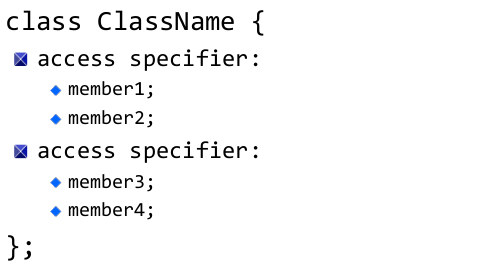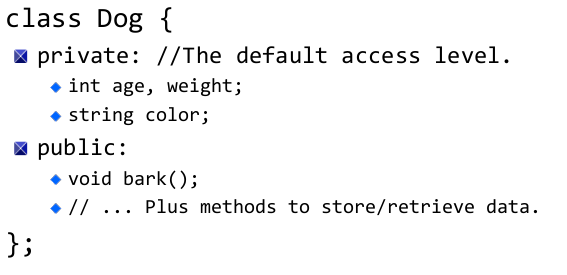Data Abstraction - provide only the essential details to the outside world & hide the internal details
This technique separates the interface & implementation details of the program
Data Abstraction can be achieved in two ways:
- Abstraction using classes & objects
- Abstraction in header files

